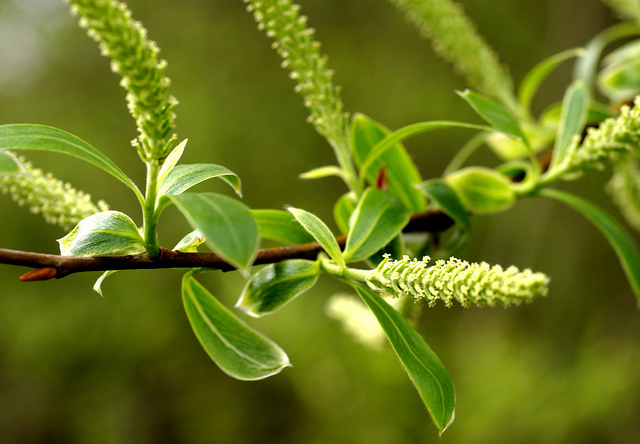
Profile
- Latin Name: Salix Alba L.
- CAS No.: 84082-82-6
- Active Ingredient: Salicin
- Specification: 5:1 – 10:1 -5% – 60% Salicin
- Part Used: Bark
- Test Method: HPLC
- Appearance: Brown Yellow powder
Description
Salix Alba (white willow) is a species of willow native to Europe and western and central Asia. The name derive from the white tone to underside of the leaves. It is a medium-sized to large deciduous tree growing up to 10-30 m tall. The bark is grey-brown, and deeply fissured in older trees. The shoots in the typical species are grey-brown to green-brown. The leaves are paler than most other willows, due to a covering of very fine, silky white hairs , in particular on the underside. The flowers are produced in catkins in early spring and pollinated by insects. The effectiveness of an salix alba bark extract depends largely on salicin, that is an alcoholic ?-glucoside. Salicin is and anti-inflammatory agent that produced in willow (Salix) bark, which was used as an analgesic, anti-inflammatory, and antipyretic. Salicin is closely related in chemical make -up to aspirin.
Benefits
- it can relieve swelling and pain
- it is mainly used to curing fever, colds and infections
- it is used as feed additive for diminishing inflammation and promoting difestion

